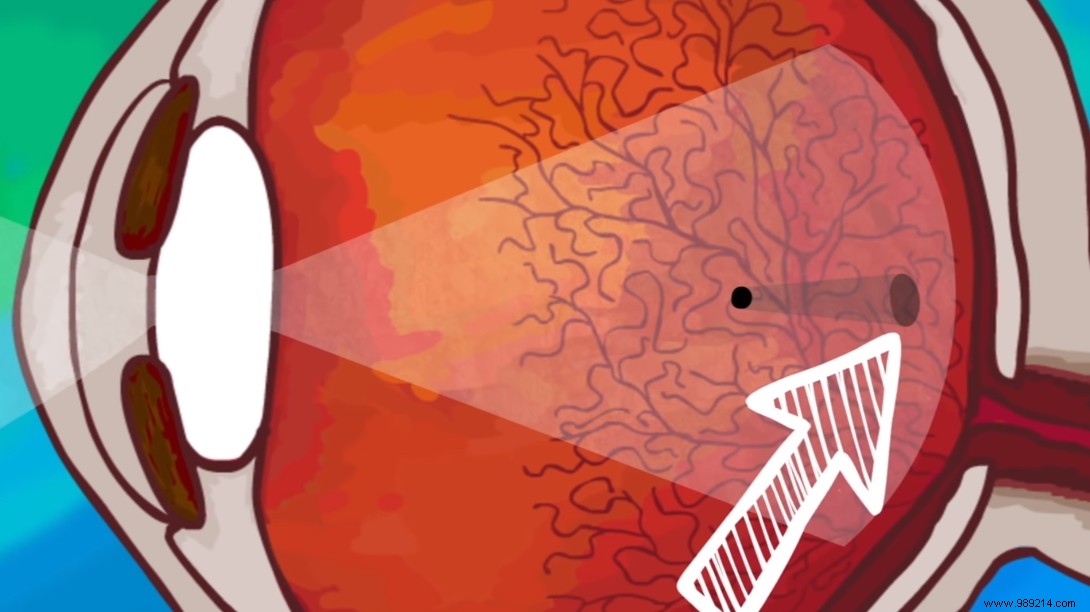Do you also happen to see strange little shapes floating in front of your eyes? We are talking here about an entoptic phenomenon. In other words, it is a visual effect whose source emanates from your own eyes. But what exactly is it?
In a study published in 2013 involving more than 600 people, 76% of respondents said they saw small floaters in their field of vision. In this sample, a third of those concerned had also declared that this phenomenon causes a noticeable visual impairment. This phenomenon is myodesopsia , also known as "floaters" or "flying flies" .
In concrete terms, myodesopsia corresponds to the observation of microscopic particles floating in the vitreous body, a gelatinous and transparent substance filling the eye cavity behind the lens. In general, these strange moving shapes, similar to small worms, are most easily observed when looking at a clear, plain background such as the sky, snow or a white screen. But what is it?
Their scientific name is Muscae volitantes or "flying flies", but don't worry, they are not real insects. In reality, they are most often tiny pieces of tissue, red blood cells or clumps of protein . Light entering your eyes through the lens activates certain cells in the retina. If these small floating bodies are present in the vitreous body, they cast shadows on the retina, creating those peculiar images that many of us sometimes see.

Here they are on video:
There is also another strange phenomenon involving floating and moving shapes in our field of vision, known as the "entoptic bluefield phenomenon". This corresponds to the appearance of small bright points moving quickly along sinuous lines in the visual field. This phenomenon is much more apparent when you observe bright blue light like that in the sky.

This phenomenon here is caused by leukocytes (white blood cells) moving through the capillaries (tiny blood vessels), facing the retina.
In detail, blue light is absorbed by red blood cells that fill capillaries. The eye and the brain "edit" the shadow lines of the capillaries through photoreceptors under the capillaries, which are able to adapt to different levels of light. White blood cells, which are larger than red blood cells but much rarer, do not absorb blue light. They then create gaps in the blood column that appear as bright spots.